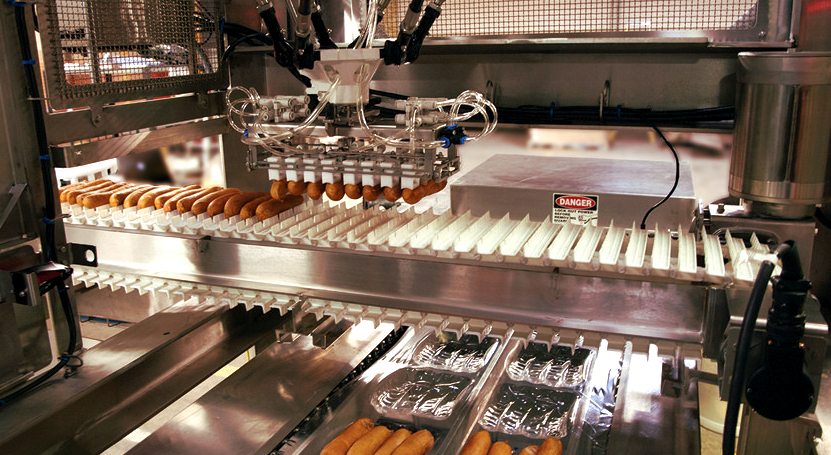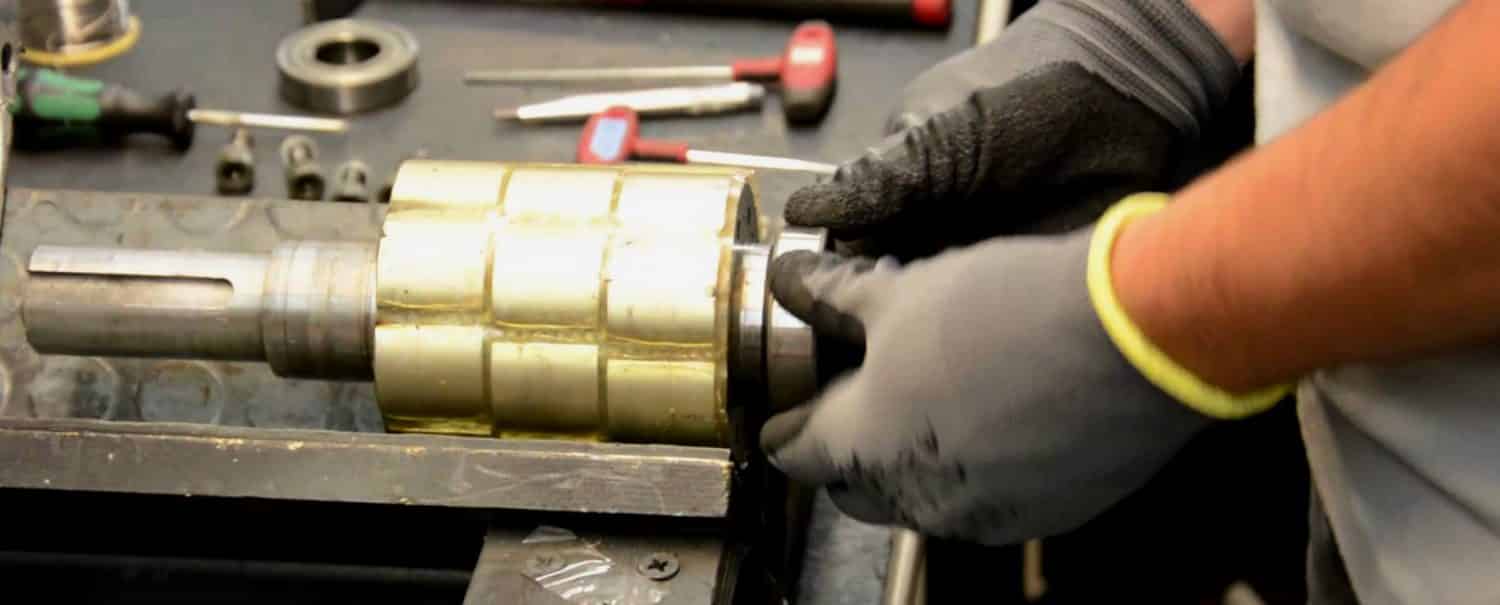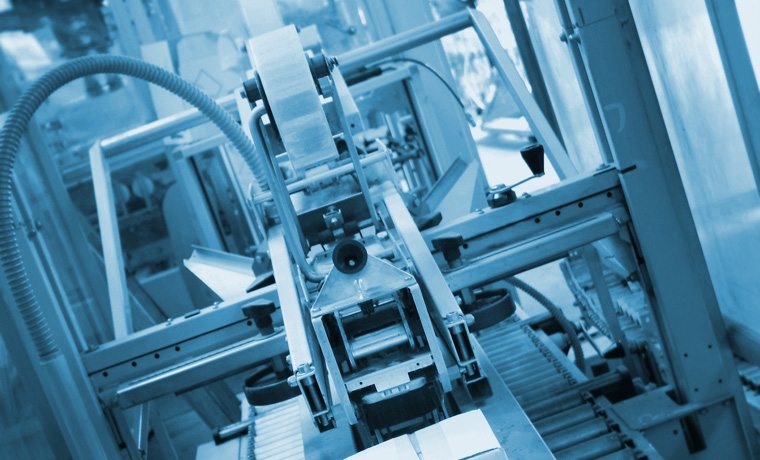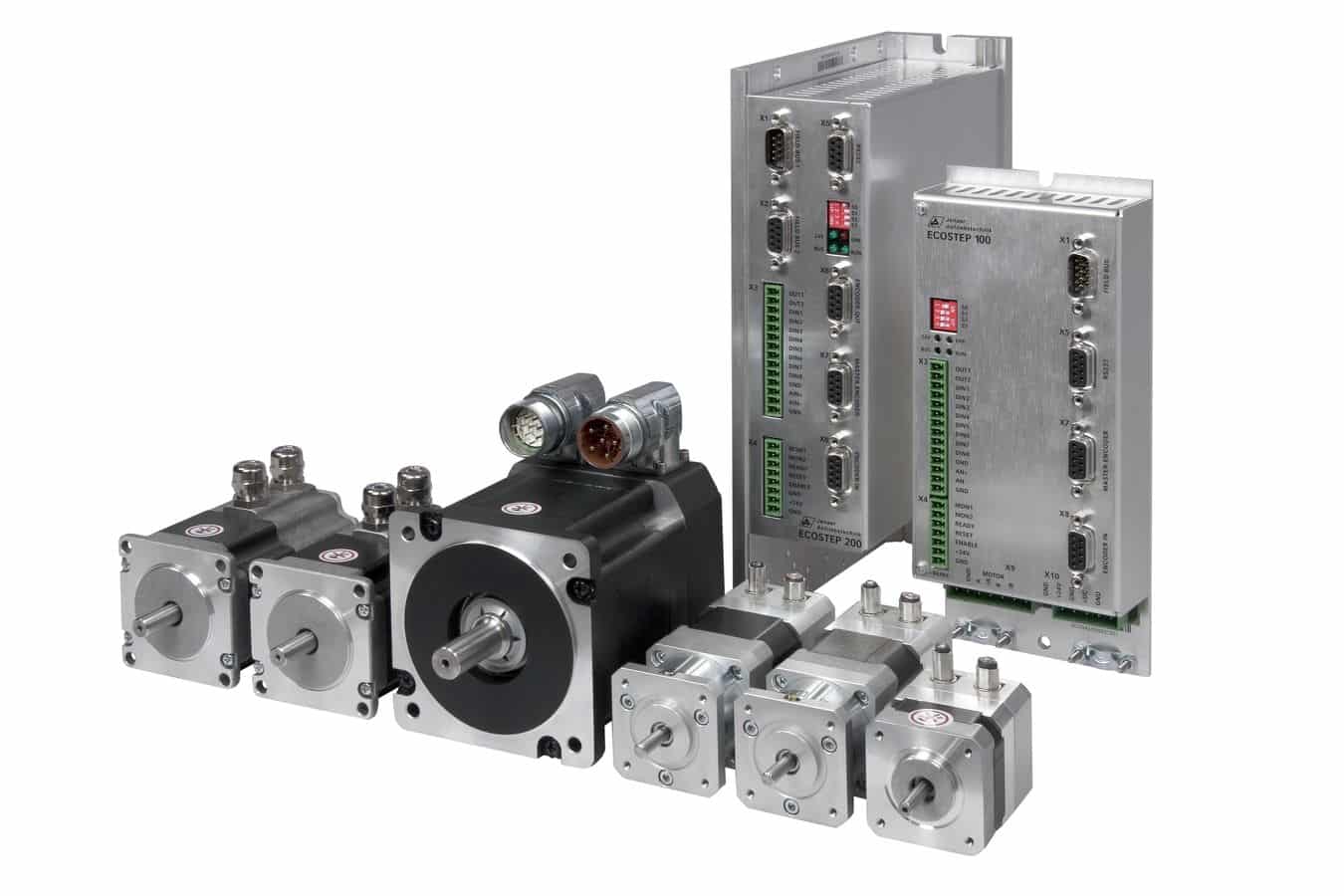
We repair and warranty all major AC and DC Servo Motors and Controllers, feel free to call now at 1-877-625-2402 for a free quote orfill out the Servo Motor and Drive Quotation Form. For those of you looking to repair the drive yourselves, our procedure for professional repair is listed below.
For those interested in repairing servo motors and servo drives, it is important to note the extreme care that should be taken prior to conducting any disassembly of a servo motor or servo drive unit.
All servo motor and servo drives are mechanically calibrated between multiple facets of the unit to ensure the proper positioning of the device when it is commissioned. Failure to properly dis assemble a servo motor or drive can actually cause the unit to become unusable in the future.
The inner workings of servo motors and servo drives are both separate, and thus they should be treated separately. This particular article focuses primarily on troubleshooting the servo motor that is connected to the servo drive.
Servo motors are specifically designed with what is known as “feedback” capabilities so that the servo drive can maintain positioning of the motor within fractions of an inch, and many times even more accurate when necessary. Servo motors are specifically designed to withstand high amounts of holding current as well as extremely fast start stop procedures so that accuracy can be maintained at all times.
This feedback connected to a servo motor often comes in the form of an encoder or resolver, depending on the type of encoder or resolver you might have, troubleshooting your servo motor may be impossible. In many cases, manufacturers such as Allen Bradley, or Rockwell, implement a proprietary resolver or encoder feedback so it cannot be repaired without their diagnosis and repair tools. Regardless, there are many more aspects to a servo motor that can go bad other than the encoder or resolver – so it is best to start at those places.
The following is the procedure used by Precision Electric illustrating how to repair servo drive servo motors professionally.
Step 1: Take Notes
This is often a subject that is passed by many individuals who are attempting to repair industrial equipment. When a unit first hits our bench we make note of many important aspects of the equipment including, but not limited too:
- Manufacturer
- Serial Number
- Reason for Service
- Urgency (Rush Overtime or Standard)
- Visual Inspection of External Device
Step 2: Check The Shaft
It is important at this point to establish whether or not the servo motor shaft has been bent, damaged or broken. If this is the case, a new shaft may need to be ordered or machined in order to recommission the unit. In some cases, a bent shaft cannot even be replaced and this can quickly become a quote for replacement.
A bent shaft on a servo motor can cause extreme wear to the device over time due to vibration and heat. A bent shaft can also cause slip on a gear box and loss in positioning resulting in unexpected faults from the servo drive. You may need to use a caliper to establish the proper positioning of the shaft within the closest accuracy possible.
Step 3: Check The Encoder and Motor Cables
Hopefully the customer sent the communications cable with the unit so you can test the pin-out of the cable to ensure all of the wiring has a strong signal. In instances such as these, you may need to pull up pinout information from the servo motor manufacturing website to ensure you are testing the appropriate cables. In many cases, an encoder cable with have a pin for each channel of A, A not, B, B not, Positive Voltage and Common.
In some cases it will also have a Z and Z not pulse as well as a shield. Of course, not all customer are able to send the cable with the unit because they sent you a spare to repair – if that is the case you are really left with no other choice than to move on to the next step. Finding a bad cable early on is a great way to solve servo motor feedback issues without ever even requiring disassembly of the servo motor.
For the motor cable, you are looking at 3 separate phases, 2 armature wirings and sometimes commutation wiring. Using your meter, test the end of each cable to ensure there are no shorts between any of those connections.
Step 4: Check The Bearings
The shaft coming out of the servo motor should rotate freely with little resistance. This is assuming you have actually disconnected the cables from the original servo drive. The drive often causes resistance when rotating the shaft if it is connected to the servo drive through the motor cables.
If there is “bouncing” when attempting to rotate the shaft then it is likely due to a short within the motor or a bearing beginning to fail. In either case, it is bad and the servo motor will need to be disassembled for further diagnosis.
Step 5: Test The Motor For Shorts
This step is essential to further diagnostics. At this point you need to test the motor to ensure there are no shorts within it. Using your meter, you will want to test from phase to phase to ensure the connections are open. Do the same with the armature connections. There should be no shorts between them. If you find a short at this point it is likely the cause of the failure.
Servo motor shorts can be caused from a variety of reasons including contamination, overheating and wear and tear – the only real way to find the source of the short is to disassemble the unit and establish the cause of failure.
Step 6: Rotate the Motor
Assuming the prior tests have all passed, apply a small voltage starting from 0 volts to the armature winding of the servo motor. Slowly increase this voltage using your variable power supply until the shaft begins to turn. It is at this point you can further evaluate whether there is unnecessary vibration of the servo motor during rotation or whether the shaft appears to wobble or “bounce” due to a bent shaft or bad bearing.
In any case, rotating the motor prior to disassembling it is a good idea if it is possible – this will let you know that the servo motor at least functions on some level prior to establishing the original cause of the failure.
Step 7: Contact the Customer
If everything has tested healthy at this point it may be a good idea to contact the customer and get more details as to the original cause of failure. It is quite common with servo motor and servo drive applications that the cause of the failure was external to the motor itself. The servo motor often was doing what its job was intended to do, stop within a fraction of an inch of inaccuracy and fault.
Most people do not realize that an outside application change or environmental change can cause fluctuations in the configuration of the servo motor that can cause faults. It is also important to establish whether or not the servo motor was properly tuned for the application to begin with. Sending a field service tech and getting the servo motor properly tuned may cause the issue to go away.
Step 8: Carefully Disassemble The Servo Motor
When we say carefully, we mean carefully. You should mark the location of every detached piece with a punch to or file to ensure you reassemble the unit exactly as it was assembled. Failure to do this will often cause the servo motor to produce exceeding level of vibration which can cause further failures or not function at all. It is also sometimes wise to take photographs as you are disassembling the unit so you have a log of how the servo motor looked prior to each phase.
This section cannot be emphasized enough, as you remove more and more pieces of the servo motor take a closer visual inspection of each element within the motor including the commutator, armature, shaft and brushes. Try to locate any possible cause of failure before continuing to disassemble the drive. The sooner you find the cause of failure at this point the better, as it means less reassembly is required.
Once you have established the cause of failure your response will depend on both the manufacturer of the servo motor and the original cause. In many causes, certain brands will not allow you to purchase parts for their servo motors and a replacement may be required. There are certain aspects of a servo motor that can be replaced or repaired by third parties such as the armature winding or brushes.
Step 9: Send a Tech
If the customer cannot establish failure on any other aspect of the machine and the servo motor appears to test fine and be in good shape after disassembly, then it may be necessary to send a field service technician on site to establish cause of failure.
Our field service techs are trained to troubleshoot any issue ranging from standard AC Motor Speed Controllers to advanced robotics and PLCs. They are trained to establish cause of failure as quick as possible.
Conclusion:
Precision Electric has used these techniques over the past 20 years to establish one of the best reputations for the industrial service industry. These methods for testing servo motors have been well established and have resulted in the repair or replacement of thousands of industrial servo drive servo motors.












